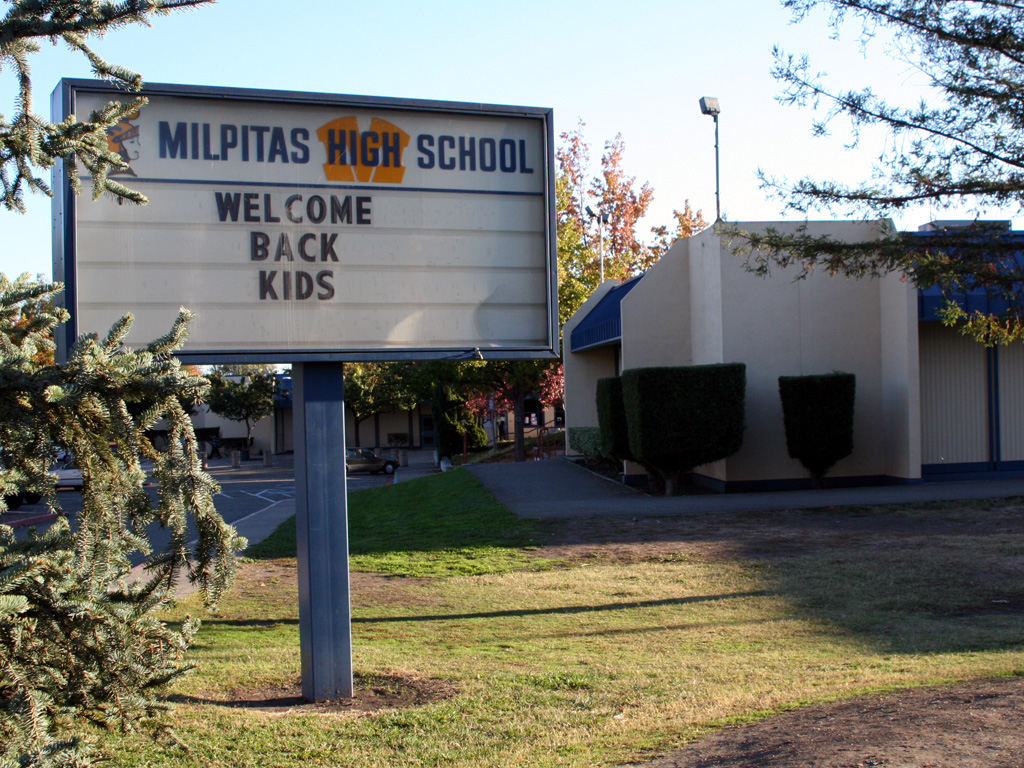Special Education students at MHS have been affected in varying ways by distance learning, Principal Francis Rojas said in a Zoom interview. Although some have been able to keep up with their peers, others have been unable to learn at all, he added.
When a student qualifies for Special Education, school psychologists and case managers work with the student’s family to come up with accommodations to ensure the student is able to overcome their learning disability, Rojas said. This Individualized Education Plan (IEP) is confidential, and the student’s case manager updates it each year to adapt to the student’s circumstances, Rojas added.
“The most typical accommodations we have … [are] extra time on tests, copies of the teacher’s notes, study skills class. … They have a period with a Special Education teacher that helps them with study skills,” Rojas said. “If you’re a student with an IEP, every teacher gets a copy of your IEP and is made aware that you have a specific learning disability and should be afforded those accommodations by law.”
Special Education students are divided into three categories based on the severity of their neurodivergence, Rojas said. The mild and moderate groups require relatively few accommodations and study alongside General Education students, Rojas explained. The school has adapted to provide the same aid to this group during distance learning, Rojas added.
“We’ve established what we call a Student Resource Center,” Rojas said. “For students who need extra time on tests or alternative environments, the teacher can send that test or assessment to the Special Education department, where they create a special Zoom in which a student can have the test proctored to them.”
However, students with severe learning disabilities have greatly suffered from the quarantine, Rojas said. The community-based learning (CBI) program created to teach them independent living skills has had difficulty adapting to distance learning, and the school has allowed a small group to go on campus, Rojas added.
“A lot of what the CBI program does is in person,” Rojas said. “And because of this pandemic, it’s all been on the screen. And these students, some of them can—it’s like they’re watching TV, and if the teacher asks a question, they can answer it. Some students can’t even give their attention to the screen. So since mid-September, we’ve had eight of those students on campus.”
The parent of a Special Education student whose name has not been disclosed was interviewed by email and expressed satisfaction in the school’s handling of his child’s case. His son’s teachers were doing their job to meet the goals set for him, the parent explained.
“His teacher provides a packet which contains their activities for the whole week and always communicates through emails,” the parent said. “They also have paraprofessionals to assist them during their sessions with the regular students.”
The school has provided speech therapy to help teach his son to speak more clearly, the parent said. However, he has utilized additional resources to help his child, the parent added.
“If my son only relies on this aid, there’s only mild progress,” the parent said. “That’s why he has an Applied Behavioral Analysis (ABA) and speech therapist outside of the district that help him to thrive during this distance learning.”
He was surprised to see that Special Education students were not the most adversely affected group at school, Rojas said. Instead, English learners made up a larger percentage of disengaged or failing students, Rojas explained.
“I expected to see students with disabilities on this list,” Rojas said. “But remember, what these students with disabilities have is a mentor, a teacher who helps them with study skills, checks their grades, stays on top of that. So I think that support has allowed them to — I’m not going to say succeed — it’s allowed them to survive.”
Overall, the Special Education program has helped most of its students adjust to distance learning, Rojas said. The program still revolves around much of the same concepts, with students receiving IEPs and working with their teachers and mentors to transcend their learning disabilities, Rojas added.
“Nothing has changed in the sense of accommodations,” Rojas said. “The challenge is that because we are not in person, it’s a lot harder to fight the struggles that students have.”

